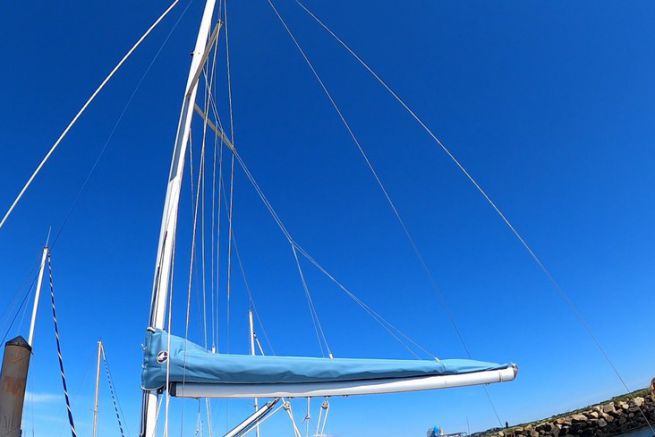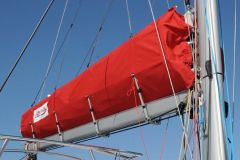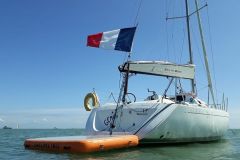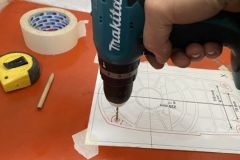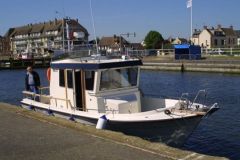You return to the port after a beautiful day of solo sailing. As you approach the channel, you release the main halyard, which falls loose on the boom and deck. One strap in the pocket, another between your teeth, you try to quickly furl the fabric that is trying to escape under the pressure of the evening thermal breeze. The traffic is quite heavy at this time of day and you don't have time to tinker. Back at the helm, you realise that the sail piled up in front of you is obscuring a good part of your field of vision. This is not going to make docking any easier.
The problem is similar when reefing: if you don't reef the boom, you lose visibility. But if you do furl it, you also risk damaging the fabric by tightening it too much. Modern fibres do not appreciate this kind of treatment.
By these two situations, we have just shown you the value of lazy-jacks. This set of tips stretched between the spreader bars and the boom guides and holds the canvas effectively during lowering. This device is very cheap if you make it yourself. It is also relatively easy to install, provided you take the right measurements at the start.
Very often lazy-jacks are associated with a lazy-bag (a cover that closes with a zip to store the sail once in port). But this is not mandatory and lazy-jacks can also be installed directly on the deck attached to the boom
These are the schematics I used to lay lazy-jacks on the lazy-bag of an Oceanis 31.
Here the lazy are not adjustable, but it is enough for you not to overbind the splices (by providing a little extra length at the exit) at the 2 points located near the gooseneck to keep this possibility.
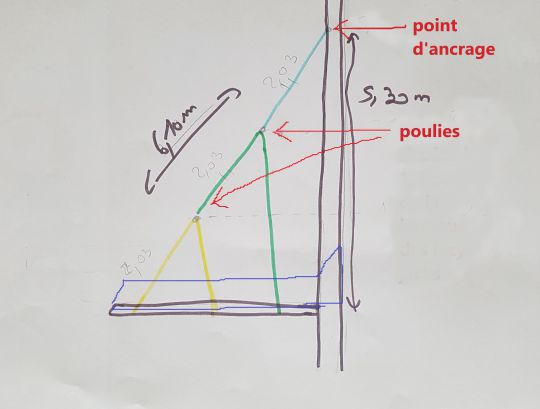
On each side of the boom, 3 ends are connected by two pulleys and splices. For this sailboat I chose 4 mm hollow braid and sheaveless pulleys supporting up to 350 kg. If you want to limit the dunnage and preserve the aesthetics of your boat, I advise you not to oversize these ends, which will not have to support much effort anyway.
Moreover, the lazy-jacks have the sole function of containing the mainsail. They do not replace the topping lift: do not climb on the boom if it is supported only by them.
Known measurements :
- Height of the anchorage point in relation to the mule screw/attachment axis on the bag or on the boom.
- Diagonal from the mast anchorage point to the last anchorage point at the rear of the boom.
- Location of the anchor points on the lazy-bag.
- Anchor point: halfway up the mast.
- Pulleys: at 1/3 and 2/3 of the height of the lazy-jacks
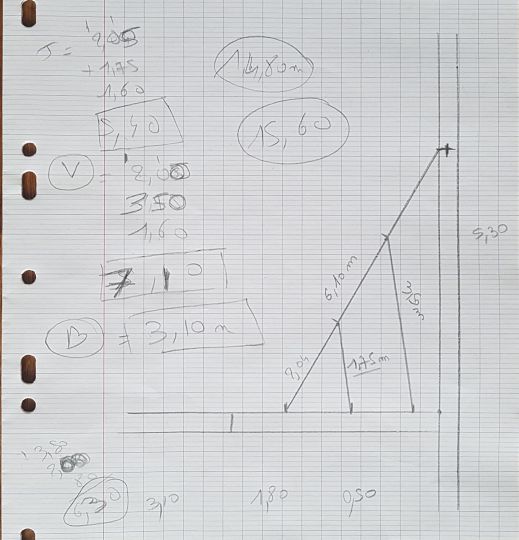
It is then sufficient to measure the segments of unknown length with a ruler directly on the paper.
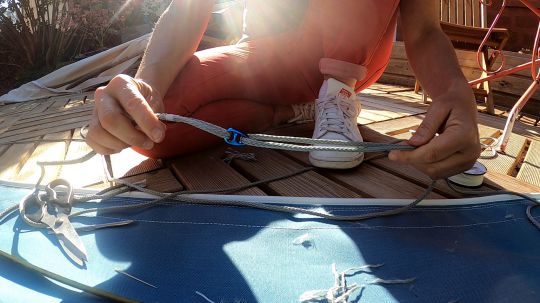
For the realization I chose to splice the hollow braid on itself by making loops. If you prefer chair knots, use the bitch (soul) rather than the hollow braid.
